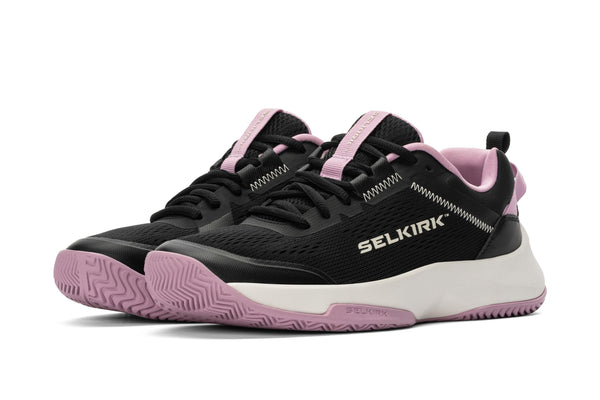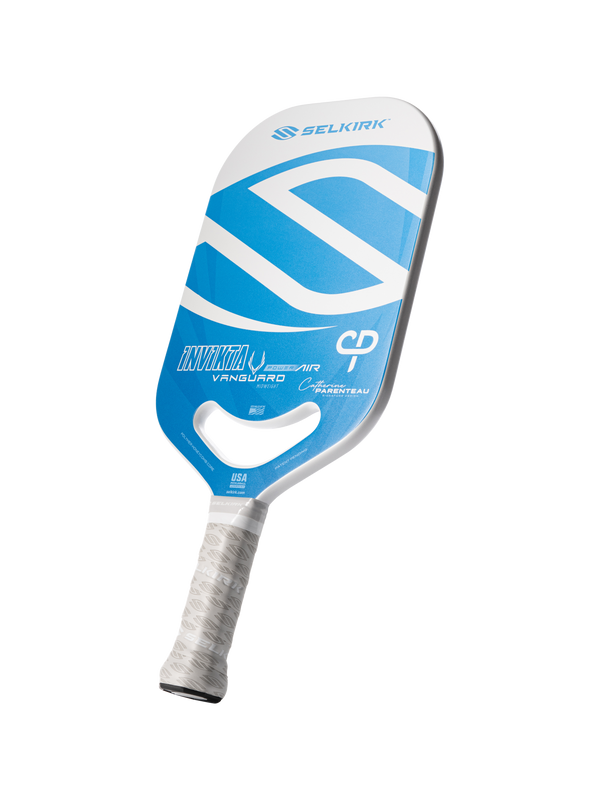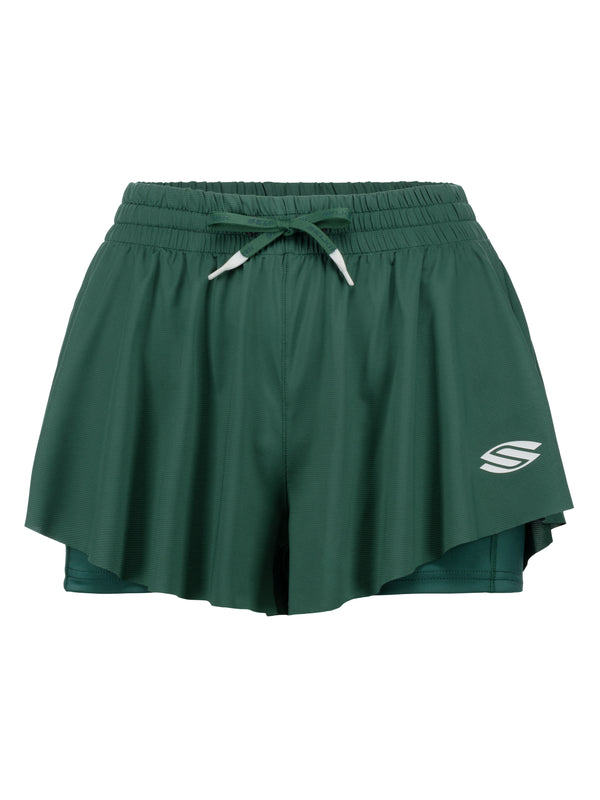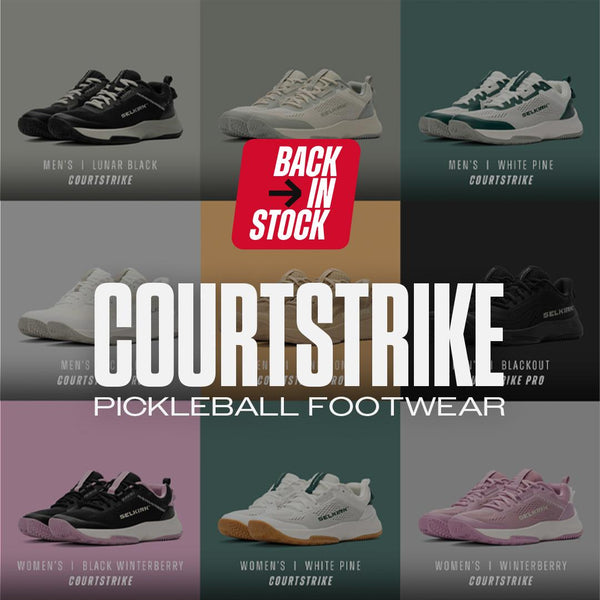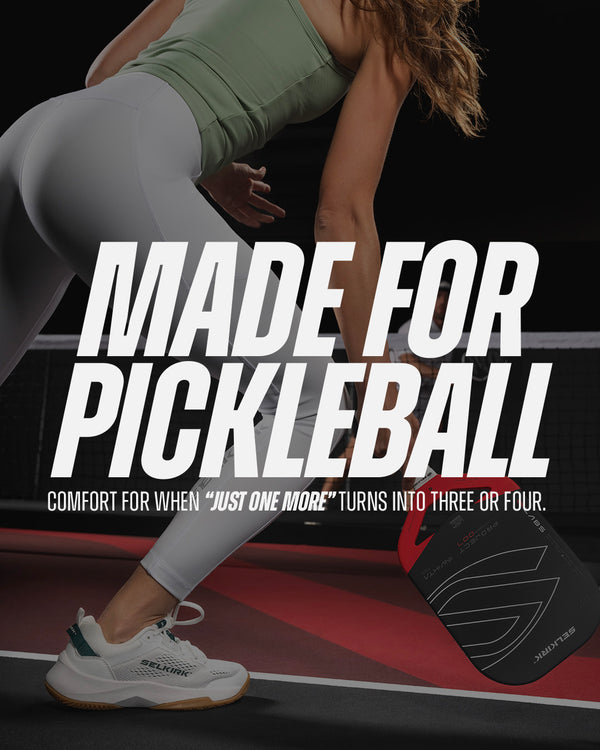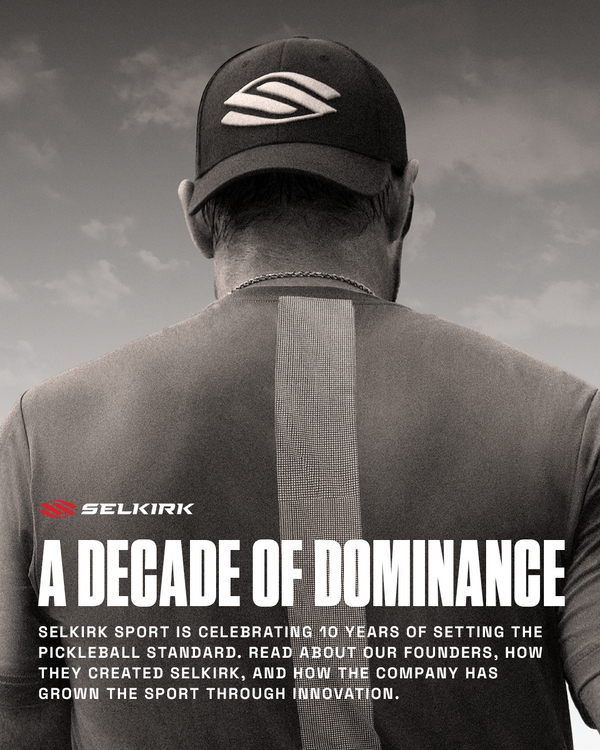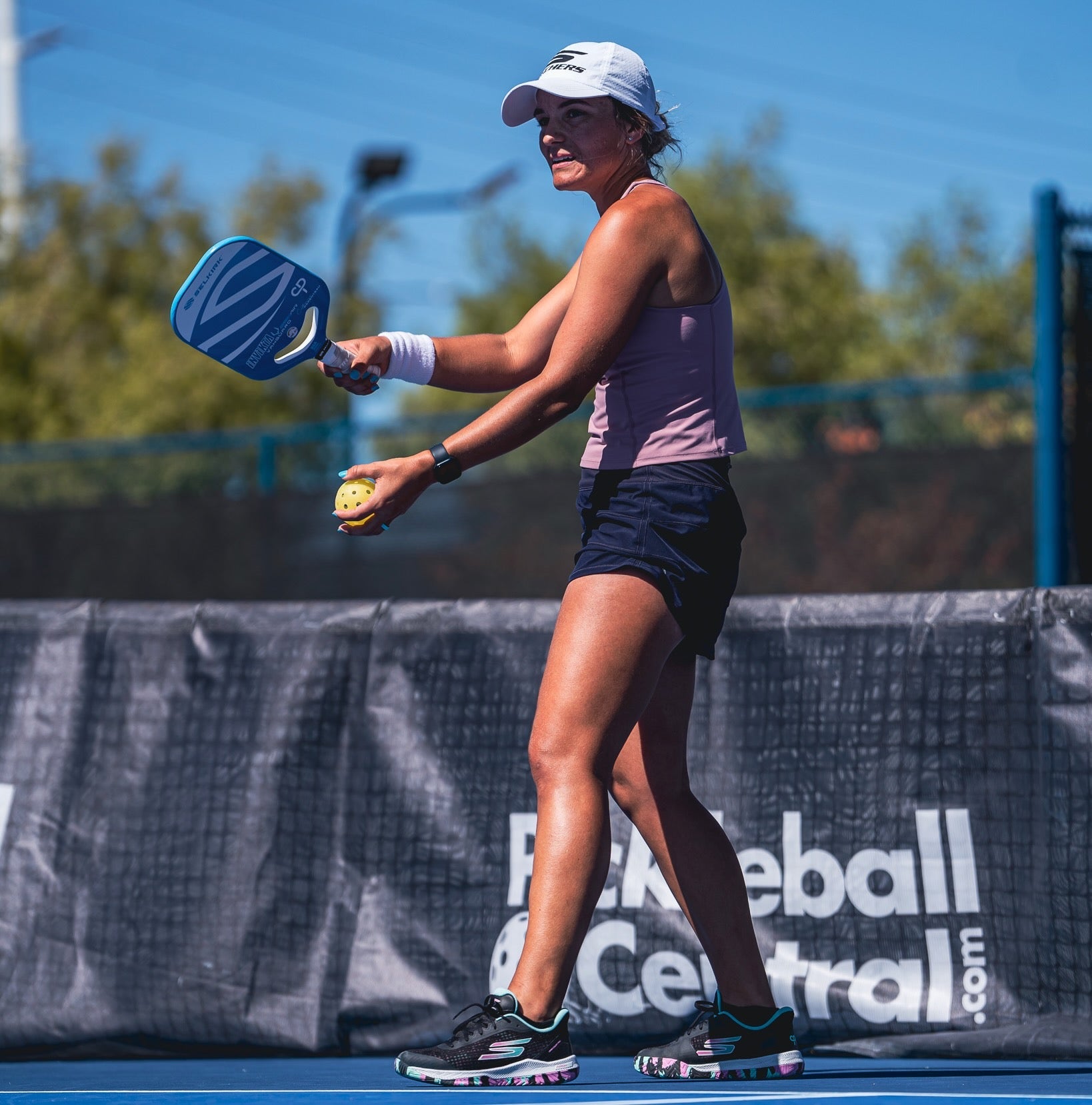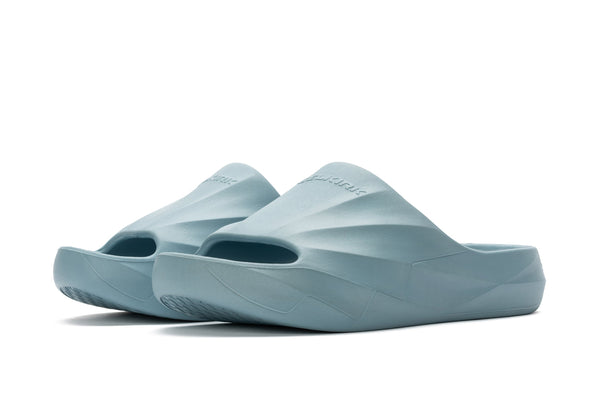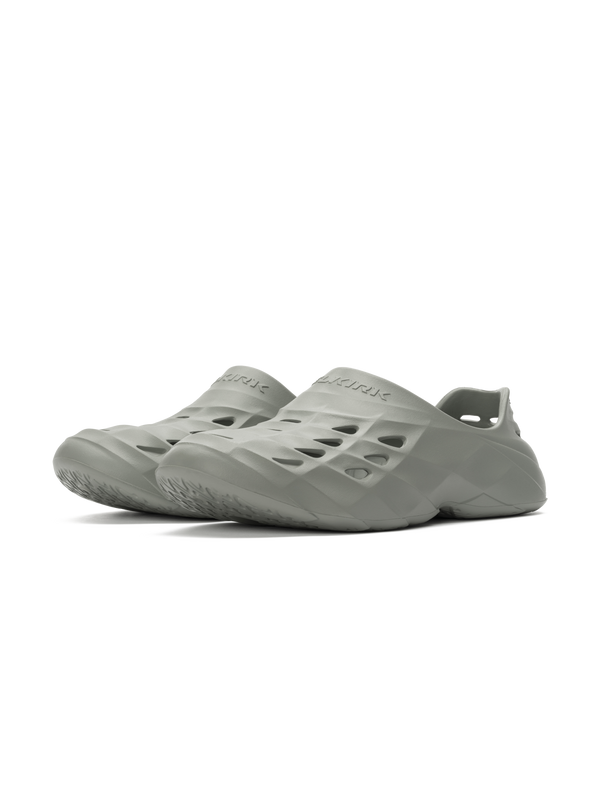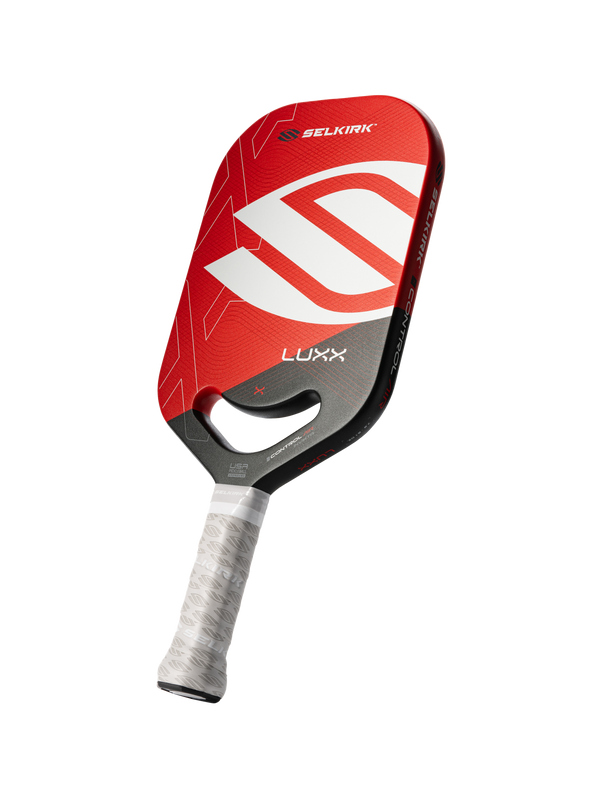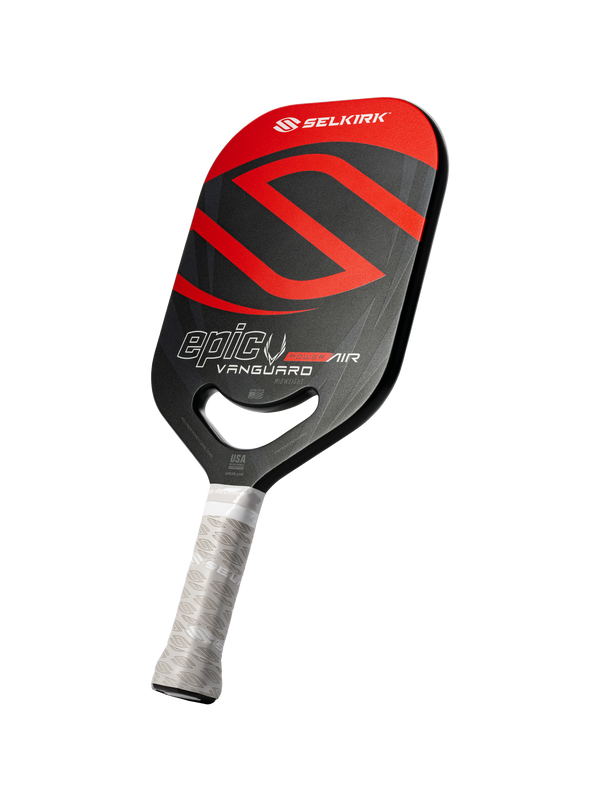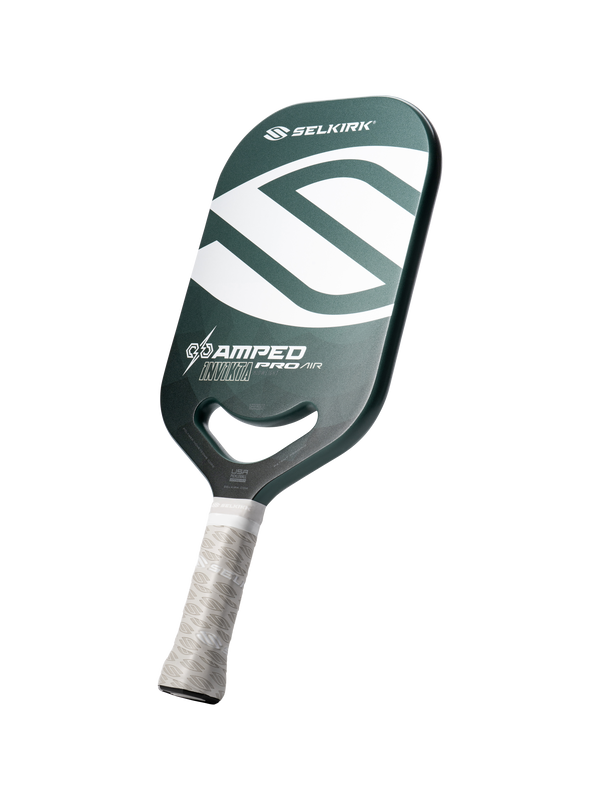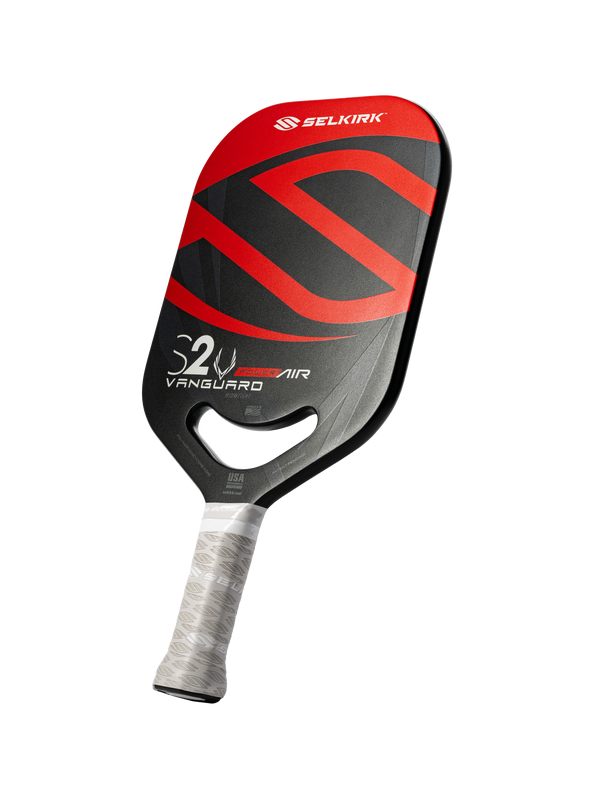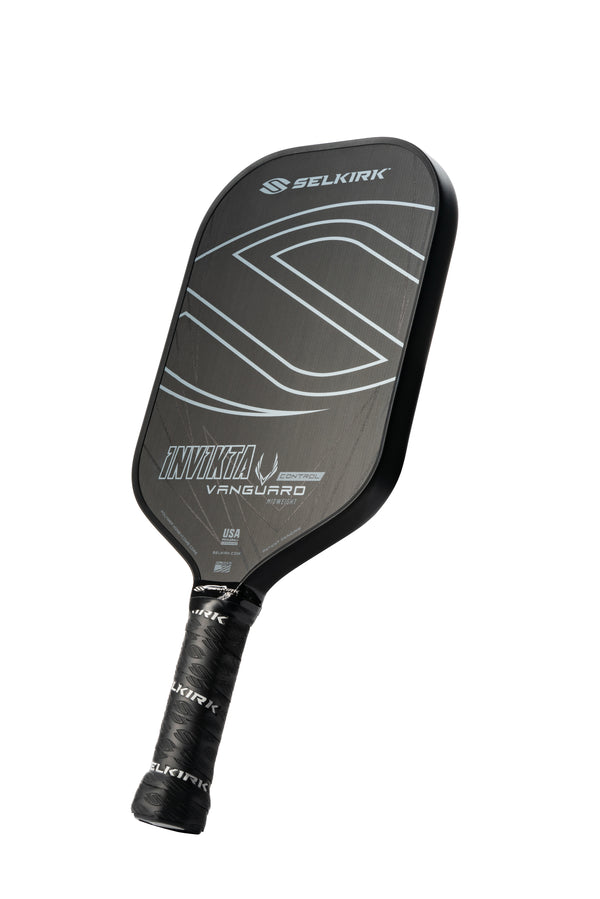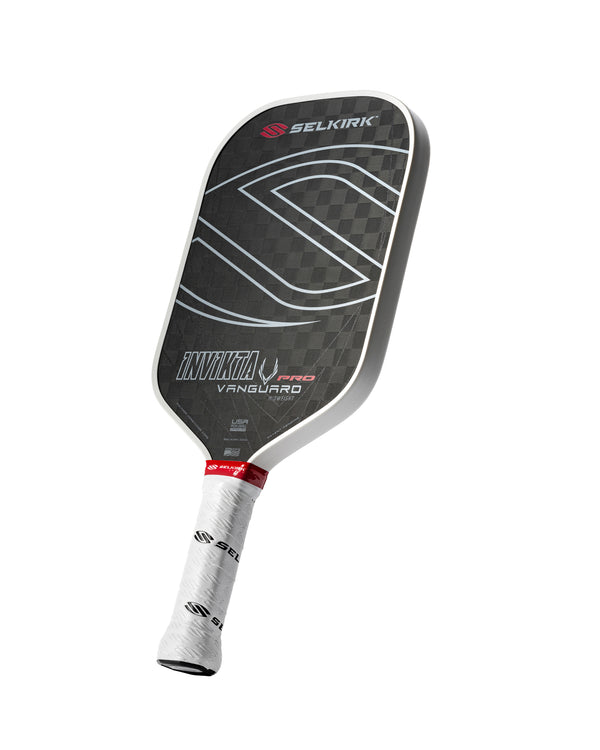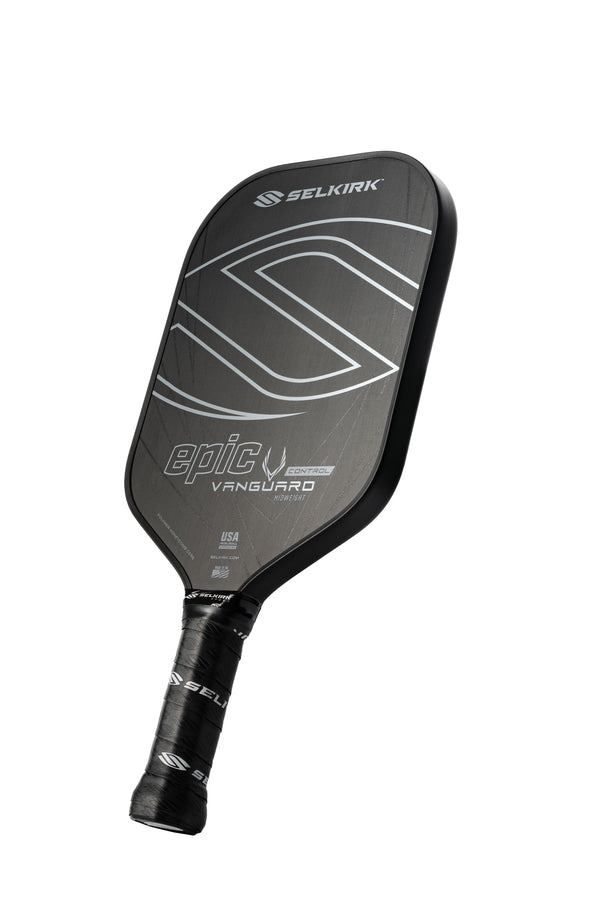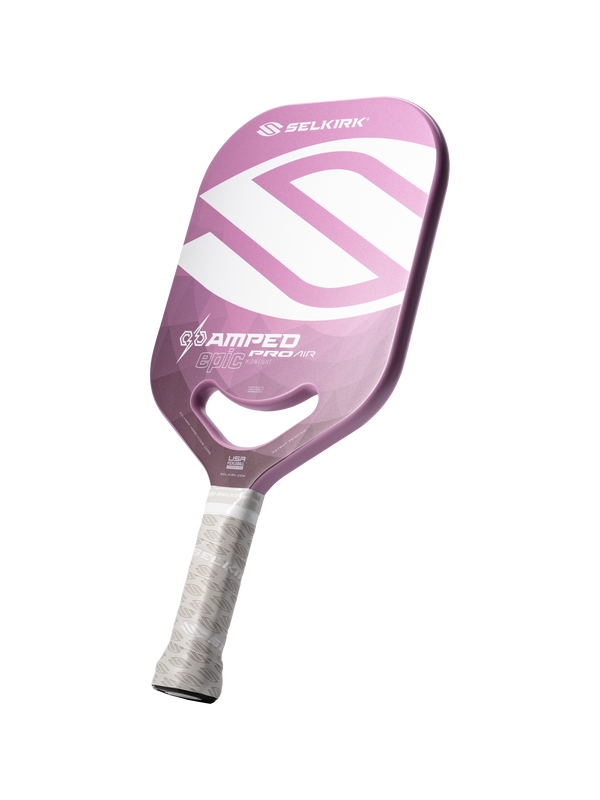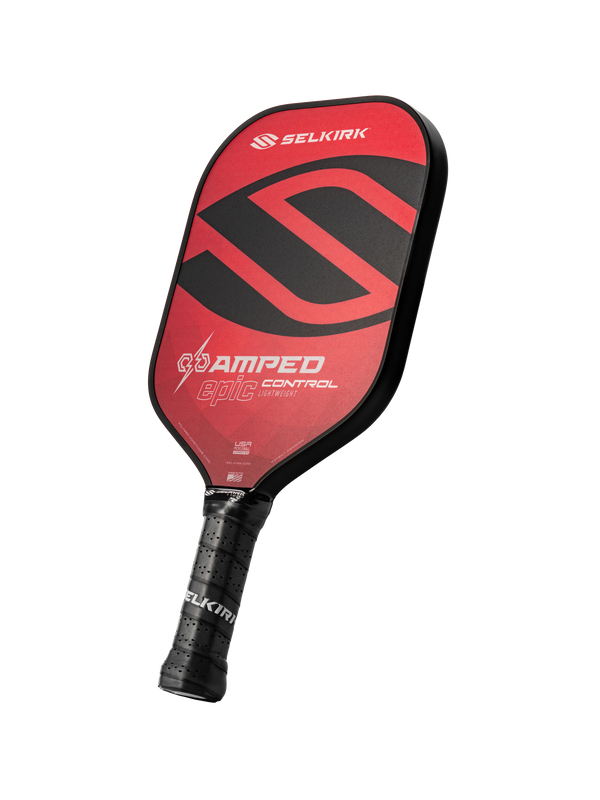Perfecting your serves is an integral part of enjoying (and winning) pickleball matches. Technique and practice are absolutely essential. But all the skill in the world won’t help you if you don’t stay on the right side of the rules.
Giving the opposition an advantage by making an illegal serve is frustrating and wholly avoidable.
In case you missed it, the biggest change in the last few years was that the pickleball spin serve is now illegal. And Morgan Evans did not take it well:
In this article, we'll highlight the six main pickleball serving rules that you need to know and take a look at the serving changes USA Pickleball Association rulebook.
The two basic legal pickleball serves
There are two types of pickleball serves:
- The volley serve
- The drop serve
Let’s look at the technique and advantages of each.
How to volley serve in pickleball
A volley serve, or "out-of-the-air serve," is where you drop the ball and hit it before it bounces. The ball needs to be hit below your waist height, and in an upwards arc (see serving rules below). The volley serve used to be the only serve allowable. It’s the best way to get power on your serve, and to hit your serve from the highest possible point, thus giving you the best angle.
How to hit a pickleball drop serve
The pickleball drop serve, or bounce serve, was originally implemented for players with disabilities that struggled to perform a volley serve.
The drop serve is when a player drops the ball from any height (no jumping or throwing of the ball allowed). This allows the ball to bounce before the serve is taken. The ball can bounce more than once, and the player can hit the ball in any way they like, disregarding rules 1, 2, and 3 below.
Watch as pickleball official Maddie Toren shows the two types of pickleball serves in motion:
The rules for pickleball serves
There are six main rules to understand when making a legal pickleball serve.
1. The serving motion for pickleball must be upward. This means the server’s arm must move in an upward arc when the ball is struck. No hitting from above, or from the side.
2. The point where the paddle makes contact with the ball must be below your waistline, specifically below the level of your navel. The taller you are, the higher this limit will be.
3. The head of the paddle must be below the highest part of your wrist at contact. In other words, the paddle must be below your hand rather than above it as you hit your serve.
4. Only one serve attempt is allowed. Unless you score a point, after your serve, it’s the next player’s turn. If you or your team score a point from your serve, you continue serving until your team messes up and you lose service.
5. Both feet must be behind the baseline when serving. This one is easy to forget in the heat of play. When serving, at least one of your feet must be touching the ground behind the baseline. Your feet must also be inside the imaginary extension of the sideline and centerline, i.e. behind your rectangle on the court.
6. A pickleball serve must land in the diagonally opposite service area. Pickleball serving rules state that the serve is always made diagonally across the court, like in tennis.
Once you know the new rules, be sure to use the serve as a WEAPON with an aggressive approach:
Pickleball serving rules in 2025
We mentioned that pickleball is always evolving, and the sport is bringing in some long-awaited changes to the official rules. In 2024, USA Pickleball made two changes that will affect pickleball serves.
Rule 4.A.5. Serve changes
Previously, this rule said that “the serve shall be made with only one hand releasing the ball.”
The 2025 USA Pickleball rule change amends it so it allows you to release the ball with the paddle too during the volley serve. You are still not allowed to impart spin on the ball, either from your hand or your paddle.
During the drop serve, you may allow the ball to roll off the face of the paddle by gravity only.
Rule 3.A.38. Server positioning
The 2025 rule change removes the last sentence of the definition of the server: “The player who initiates a rally. Depending on the team’s score, it is possible that the player who serves may not be the correct server.”
The rule change also adds text to the first sentence so it says: “The player who initiates a rally by serving the ball. The correct server in doubles is the player whose correct position is determined by their score and starting position in the game (see Rule 4.B.6.b).”
This change simply clarifies a previously-confusing definition of who the server is.
Pickleball serving rules in 2024
In 2024, USA Pickleball made six changes that will affect pickleball serves:
Rule 4.A.5: Spinning the ball on a serve is no longer allowed
Getting spin on a serve has been part of the game since it was invented, but recently some players have found a clever loophole. By placing the ball between the paddle and their hand as they drop the ball they can create a huge amount of spin. The technique is known as a chainsaw serve, and was pioneered by Zane Navratil and Morgan Evans.
The new rule change means that players can now only use one hand to drop the ball for a volley serve, and that hand has to be bare (no glove). No additional spin can be put on the ball when tossing the ball into the air prior to striking the ball with your paddle.
Rule 4.A.6.a: The server must hit the ball after it bounces
This rule applies to drop serves. Simply put, the only change to this rule is to clarify that the ball can bounce as many times as the player likes, and that it can bounce anywhere on the playing surface.
Rule 4.A.5: The release of the ball must be visible to the receiver and referee
As part of the change which rules out the chainsaw serve, when a player performs a volley serve, the release of the ball must be visible to their opponent and the referee (if one is present). This is to make sure no secretive spin is placed on the ball using anything other than the player's hand.
Rule 4.B.8: Before the serve occurs, any player may ask the referee for the score, correct server or receiver, correct player position, and may challenge/confirm the called score
Previously, if a player felt that the incorrect player was about to serve, he or she couldn’t challenge it. Now, this is allowed.
Rule 4.K: Wrong score called
If the server or referee calls the wrong score, once the serve is made, play shall continue to the end of the rally and the correction is made before the next serve. Therefore, now, if a player stops play after the serve has been taken because of an incorrect score call it is a fault.
Rule 7.J: After the serve, a ball contacting any permanent object before bouncing on the court
Once a score has been called the server has ten seconds to take their serve. If the server inadvertently drops the ball and it touches a wall or fence, for example, there is no fault and the server can continue to take his serve (within the ten seconds).
Why don't professional pickleball players use the drop serve?
Bounce serves are more suited to beginner and intermediate players who want to make sure their serves are legal and successful. They’re also useful when practicing or trying new things out, like generating spin or performing backhand serves. The volley serve allows professional players to generate more power and achieve better court placement.
Will the pickleball volley serve go away?
A proposed USAPA rule change for 2024 would have make the drop serve the only valid serve type. The proposal states that it's hard to discern whether players are violating the rules associated with a volley serve, which can give players who use a volley serve an unfair advantage. However, the traditional pickleball volley serve is still by far the most common serving style, so the proposed rule change would affect a majority of players.
The rule proposal did not pass and the drop serve and volley serve are both still valid serves in USA Pickleball.
How to get better at pickleball serves
A good grasp of the rules of pickleball is essential to enjoying the game. Everyone on the court should have a clear understanding of the rules so as to avoid confusion and disappointment.
Once everyone’s on the same page, it makes for a happy and fun-filled game, and that’s what pickleball is about!
Be sure to get out there and PRACTICE the serve to be ready for your next match:



